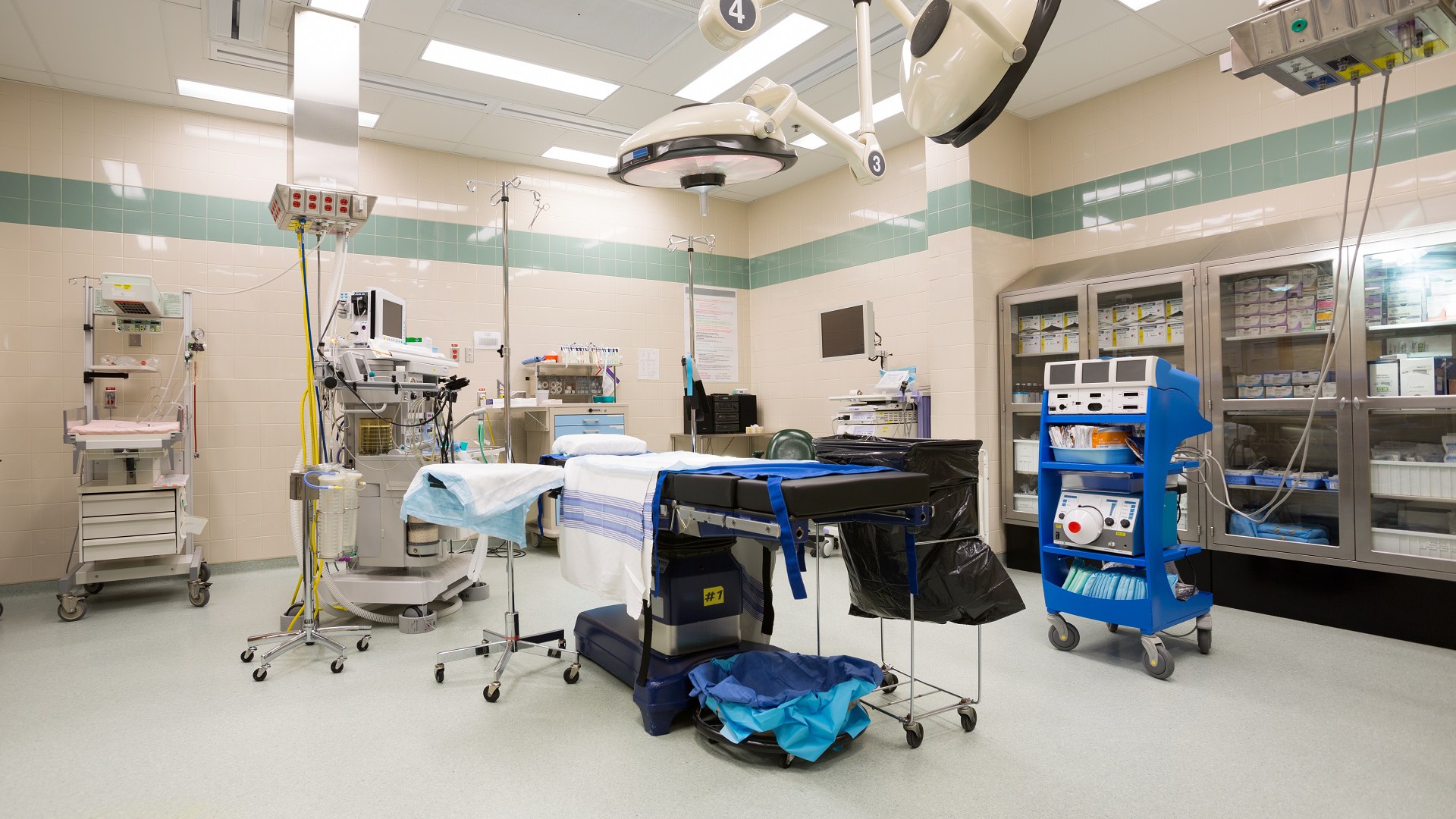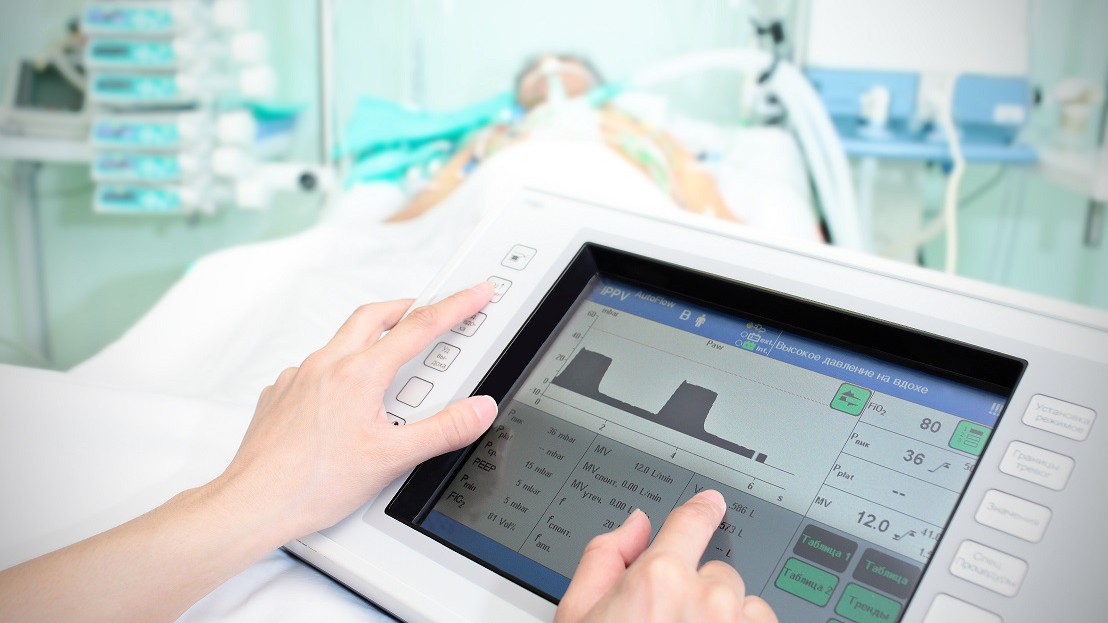Regular readers of this blog will know that medical computers offer healthcare facilities many benefits over consumer-grade units. Beyond the advantages of their industry-specific features, one edge that medical computers have over the alternatives is their long life cycle. A product’s life cycle refers to the “commercialization steps that each product goes through as it penetrates the market,” from research and development, through its introduction into the marketplace, market share growth, and maturity, to its decline and eventual discontinuation.
Counterintuitive as it may seem, it is detrimental for healthcare facilities to upgrade to the latest technology constantly. Beyond the financial cost of continually replacing expensive equipment, there is the inconvenience of needing to retrain staff and redesign workflows to operate an endless cycle of new technology. Additionally, many medical applications do not require 64GB of RAM or the latest ultra souped-up processors. Above all else, healthcare facilities need reliable equipment that will last and get the job done efficiently.
Operational Consistency
Article Guide
Although medical computers offer numerous features that consumer-grade computers don’t, healthcare professionals will often find themselves seduced by the lower ticket price and brand recognition of consumer-grade computers. However, with the short product life cycles of consumer-grade products, what they are doing is setting themselves up for problems down the line.
As any IT manager will tell you, it is exceedingly likely that one of the computers in your clinic or hospital will require out-of-warranty repairs. Though many computers have lifespans of 3-5 years, warranties on consumer-grade computers are usually relatively short, often just 1 to 2 years, and limited in scope. Most healthcare facilities simply do not have the budget to continuously replace all of their computers to keep everything under warranty. Combine these budgetary concerns with the short warranties and product life cycle of consumer-grade computers, and you have a recipe for massive headaches.
Faced with a crashed unit that is both out of warranty and out of its product life cycle, healthcare facilities have two options: repair the device themselves or replace it. Often, by the time a unit requires maintenance, the manufacturer has shifted its focus to a line of newer models and may not even offer technical support for your machine. Accordingly, once a model’s life cycle is complete, frequently, so is the life cycle for its parts. New model components are often not backward compatible, meaning that the further the product is into its life cycle, the harder it becomes to find the parts necessary to fix it.
Eventually, as clinics replace more and more units, a clinic’s entire operation can be running off multiple different computer models, each with its own unique components and technical issues. New equipment necessitates unique disk images for each model, making IT managers’ jobs infinitely more difficult in such scenarios. They must equip themselves to deal with a myriad of computers with different images and unique problems.
On the other hand, the long life cycles of medical-grade computers and medical tablets mean you can keep units in your operation as long as they are up and running without the fear that replacement parts will become impossible to find over time. Further, when they do need to be replaced, units can be swapped out with the same model even years down the line, providing a level of operational consistency that is just impossible in facilities that rely on consumer-grade technology.
Maintaining Legacy Hardware
As covered in one of our recent blogs, it is not uncommon for healthcare facilities to use older equipment that, although in fine working condition, relies on obsolete technology, at least by the standards of the latest consumer-grade computers. In particular, many x-ray and anesthesiology machines use RS232 9-pin serial ports that most consumer-grade computers have not supported for some years now. Unfortunately, it is just not realistic for many clinics to replace expensive equipment simply to accommodate a new computer that only has USB ports, especially in rural and underserved areas. On top of the hardware concerns, it is not uncommon for older equipment to run on legacy software that does not work on many computers, complicating matters for numerous clinics.
Unlike consumer-grade computers, medical computers and monitors, with their extended product life cycles, still support legacy medical hardware and the software it runs on. Further, because medical computer manufacturers keep their older products in their catalogs longer, they are more likely to keep older parts in their inventory, which means their new models are easy to customize with RS232 ports. By combining legacy hardware support with modern, hyper-fast Intel i5 and i7 processors, older peripherals run faster and more efficiently, enhancing the level of care your facility can provide.
Medical Devices and FDA Approval
Healthcare facilities are not the only places that can benefit from medical computers and medical monitors’ long product life cycles. Medical device manufacturers also benefit from the consistency provided by the long life cycles of medical computers. It is frequently more cost-effective for device manufacturers to integrate 3rd party computers and displays into their products than build those components themselves from scratch. Unfortunately, most consumer-grade devices’ product cycles are simply out of sync with the realities of the medical device industry.
With each redesign, a medical device must receive approval from the FDA before being introduced to the market. The redesign need not be radical to require resubmission. Upgrading a single component restarts the entire approval process. As such, medical device manufacturers that seek to cut upfront costs by relying on consumer-grade rather than medical grade technology often find themselves running into bureaucratic headaches down the line.
Given that it can take up to a year for the FDA to test and approve new devices, the short life cycle of most consumer-grade computers forces medical device manufacturers that use them into an endless cycle of redesigns and resubmission. Additionally, since most off-the-shelf computers are not 60601-1 certified for near-patient use, medical device manufacturers are forced to invest additional resources into block radiation output from their products, increasing costs and lengthening the FDA approval times.
On top of the bureaucratic headache, the short product life cycles of consumer-grade computers create practical issues for medical device manufacturers. As mentioned earlier, new computer models often have entirely different features and designs from their earlier counterparts. Manufacturers frequently have to completely redesign their entire product lines from the ground up because they can no longer purchase computers that fit their specifications. Even things as simple as relocated ports or shrinking technology can necessitate complete redesigns to multiple medical devices to accommodate new tech.
Medical computers sidestep all of these issues. Their extended product lifecycles mean medical device manufacturers don’t have to worry about redesigning their products every few years when their tech goes out of date. Combined with the fact that medical computers are already 60601-1 certified by default, the constant cycle of FDA approvals is nearly eliminated.
Final Thoughts
The advantages offered by medical computers go beyond their impressive technical features. With product life cycles that greatly exceed their consumer-grade counterparts, medical computers help prevent many often-overlooked problems that can paralyze not just most healthcare facilities but the companies that make equipment for those facilities as well.
If you are interested in seeing how the long life cycle of medical computers can benefit you, contact one of the experts at Cybernet Manufacturing today.
Understanding Life Cycle vs MTBF in Medical Computers and Why Both Matter
August 2, 2018
For fields like the healthcare industry, specialized all-in-one computers provide a number of important benefits that traditional commercial systems don't. Medical grade computers must perform specific and sometimes…
0 Comments8 Minutes
Extending the Life of Medical Equipment with Medical Grade PCs
November 13, 2017
The IT challenges and needs for a healthcare facility are far different than those of a traditional enterprise. Mobility, EMR compatibility, as well as 24/7 operability must all be factored in. But even within the…
0 Comments6 Minutes
You Can't
Learn from a Pop-up
But we can deliver knowledge to your inbox!
We dive deep in the industry looking for new trends, technology, news, and updates. We're happy to share them with you.
Knowledge, News, and Industry Updates Right in Your Inbox




